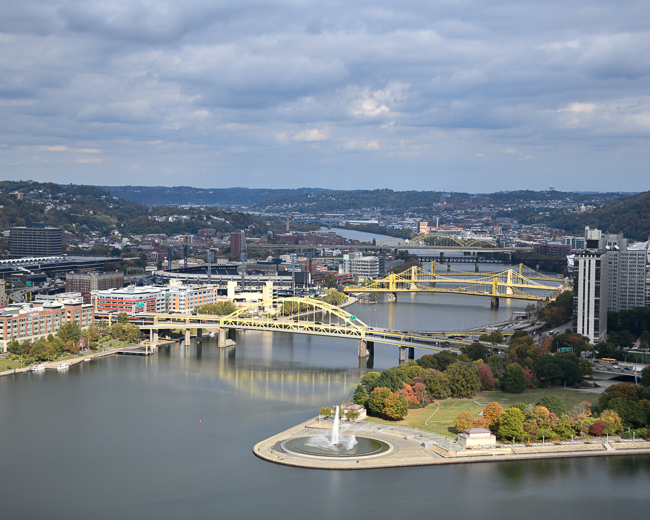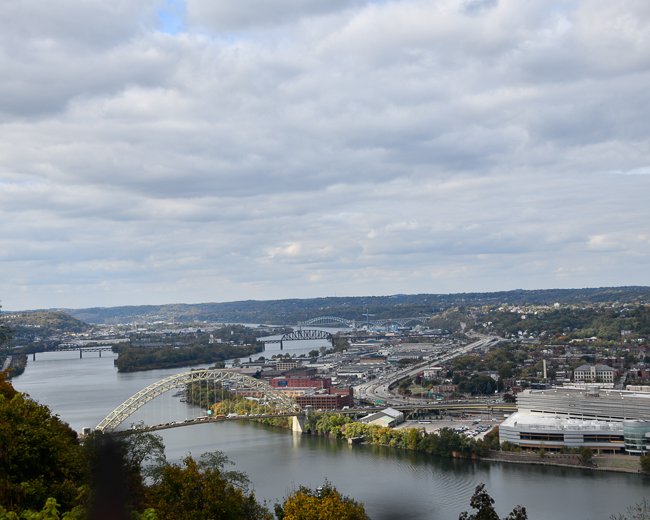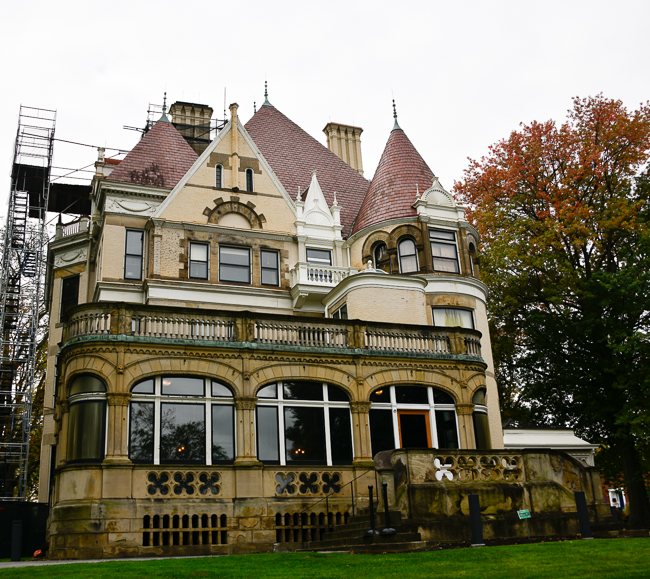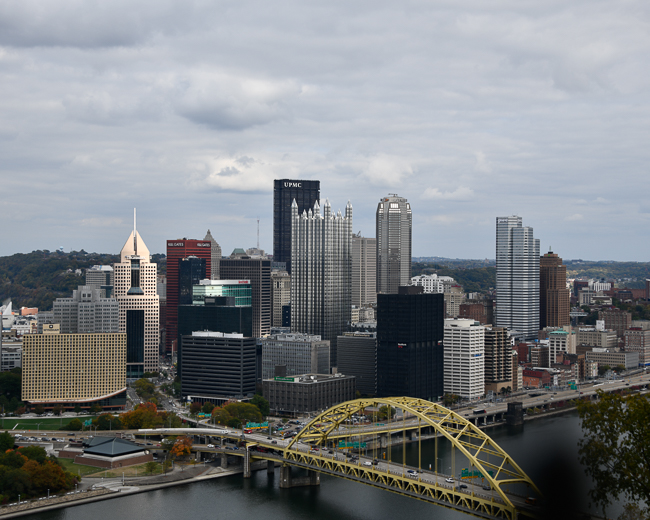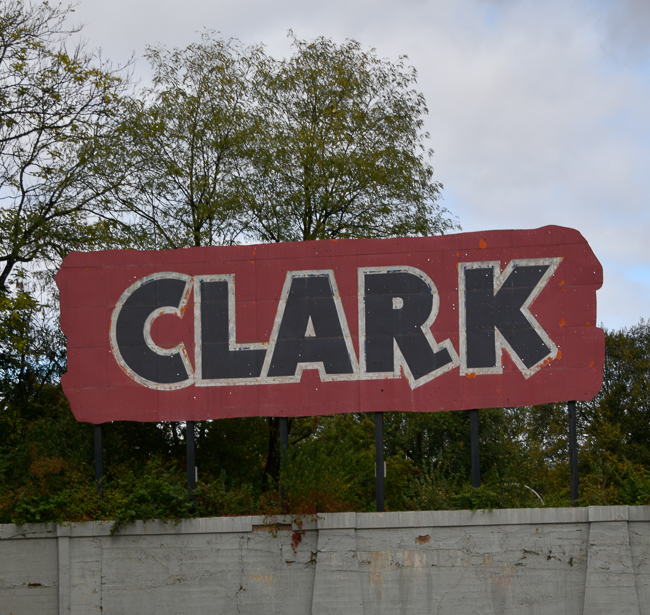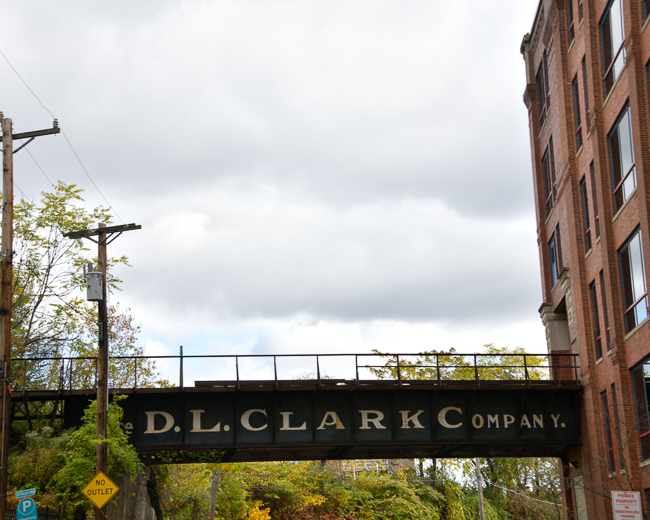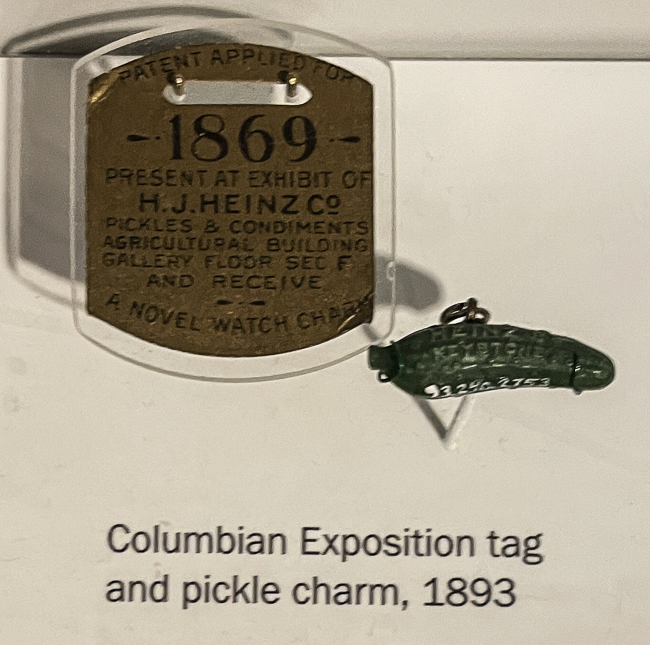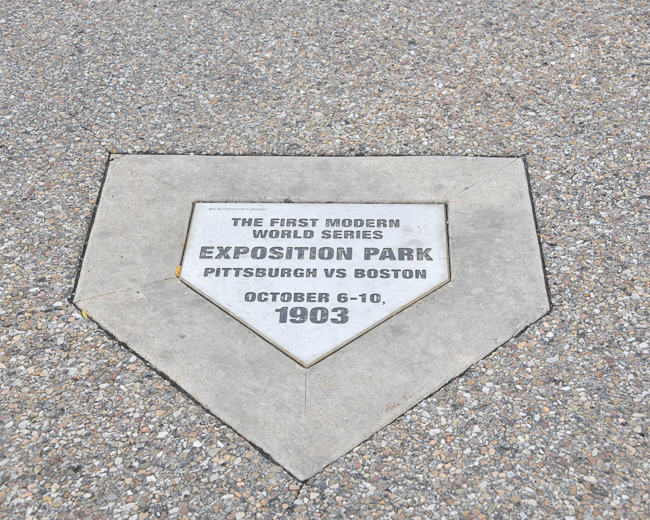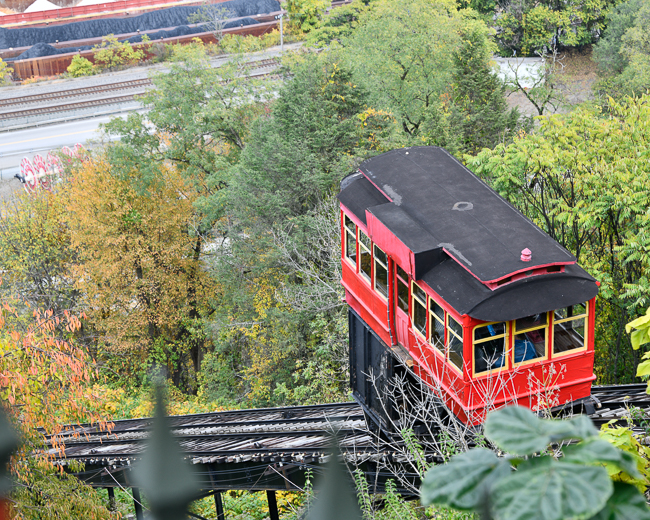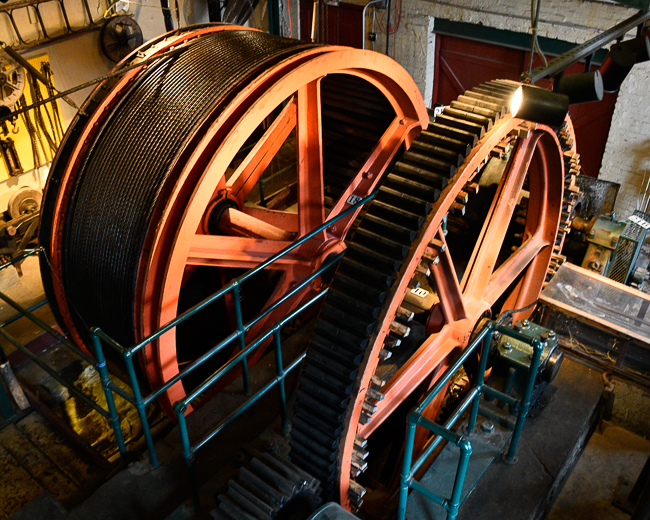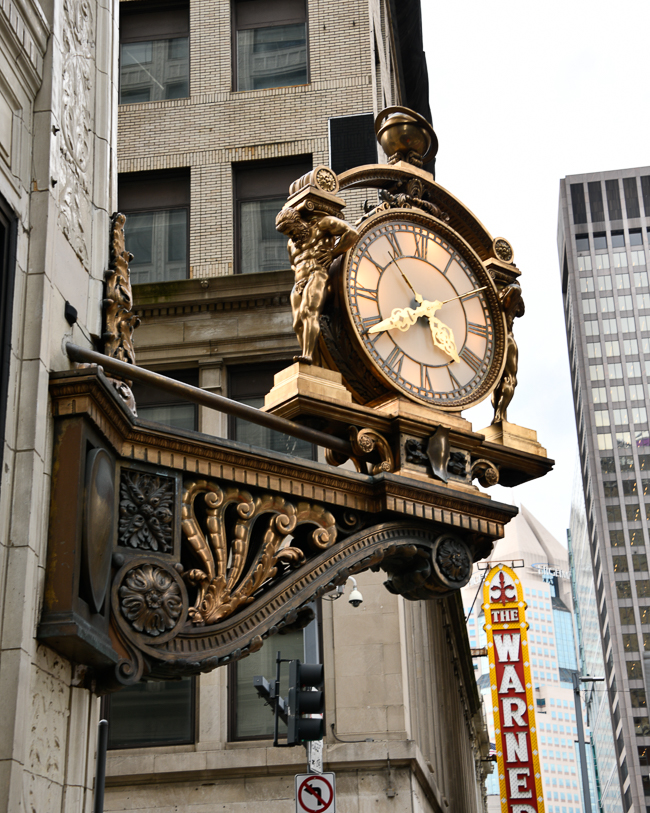October 2023
The Monongahela and the Allegheny meet and become the Ohio River. This is what defines Pittsburgh today and fueled its history and growth.
The 40-year period from 1870 until 1910 marked Pittsburgh’s Golden Age. With the rivers for transportation and the Connellsville coal seam that runs through Pittsburgh, the business of glass and steel was made possible.
Steel begat other industries, and the city was filled with names that are still well-known in history—Carnegie, Frick, Mellon, Pitcairn, Westinghouse, and Heinz, to name just a few.
Most of the grand mansions of the era were torn down due to maintenance costs or simply to make room for progress, but the James Frick mansion remains.
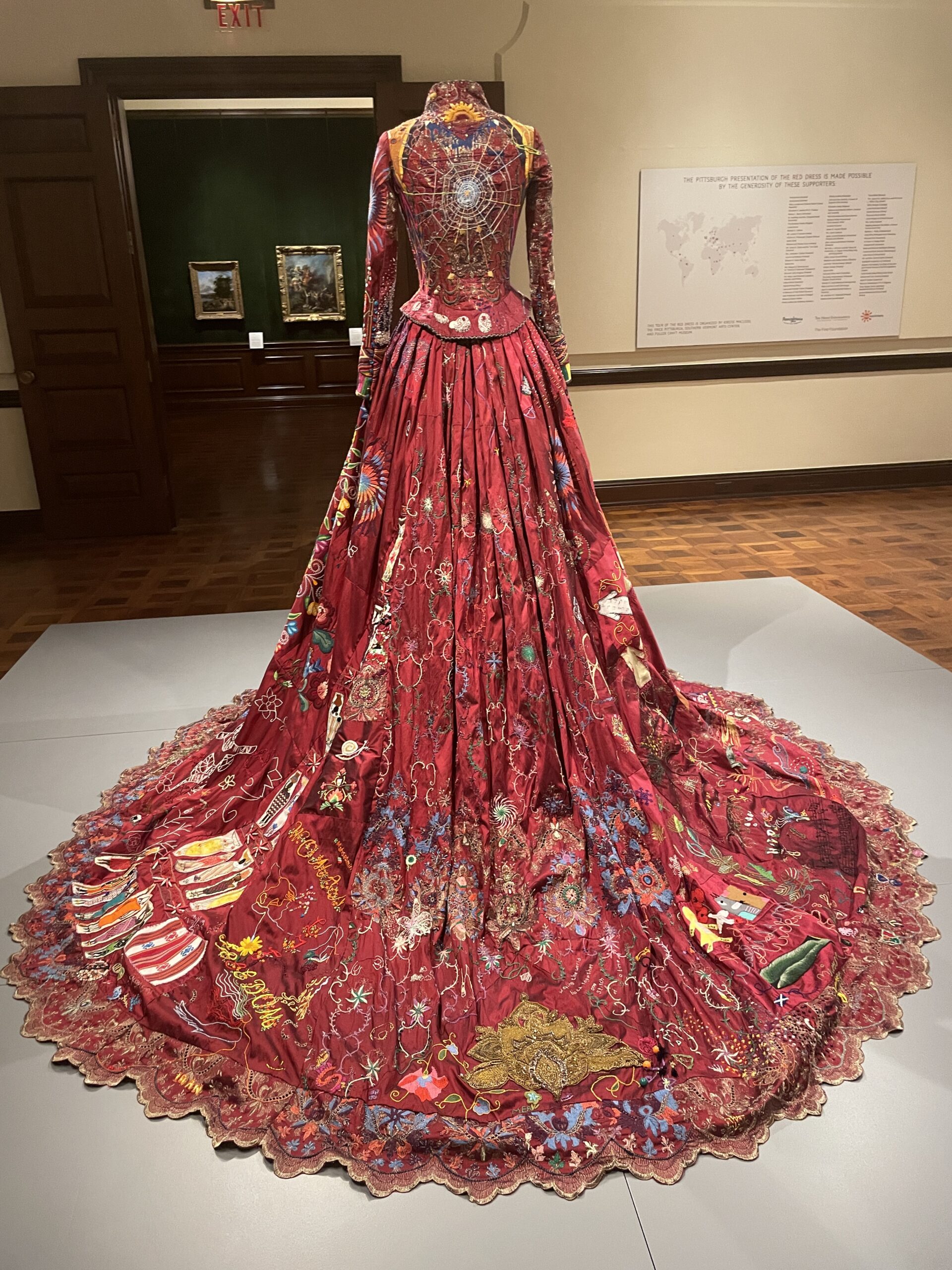 There is now a museum on the property with an interesting collection. The special election while I was there was the Red Dress. A world wide art project.
There is now a museum on the property with an interesting collection. The special election while I was there was the Red Dress. A world wide art project.
There are buildings that hold companies that many of those names made famous. The center building with the uneven crenelation is the Pittsburgh Plate Glass (PPG) building. Glass was one of Pittsburgh’s first businesses. The University of Pittsburgh Medical Center is in the US Steel Building. The silver building to the right of those two is the Mellon Center. In this skyline, you will also find Alcoa and other large industries that made Pittsburgh what it is today.
The Clark candy bar was invented by Irish immigrant D. L. Clark in Pittsburgh in 1917.
Henry John Heinz created the H.J. Heinz Company in Pittsburgh in 1869. To get people to visit his booth at the Columbian Exposition, he enticed them with a free gift, a pickle charm for a watch fob. His promotion was so successful the police had to be called in to control the crowd. What kid doesn’t have an itty bitty Heinz Pickle?
Sports are also a very big part of Pittsburgh’s personality, with the first modern World Series being played here.
Due to the hills of Pittsburgh, 17 Inclines were built throughout time. This is the Duquesne Incline, which closely follows the tracks of an early coal hoist.
The incline rises 400 feet at a 30-degree angle. The incline is unusual for having a track gauge standard used only in Finland, Russia, and Mongolia. Originally, 17 of these climbed the hills of Pittsburgh. Today there are only 2.
Originally steam-powered, the Duquesne Incline was designed by Samuel Diescher, a Hungarian-American civil engineer, and completed in 1877.
This ornate 2,500-pound bronze clock replaced a previous clock on a post at the corner of Smithfield Street and Fifth Avenue in 1913. It marks the site of the flagship store of the local Kaufmann’s department store chain.
Pittsburgh’s history is fascinating and matched by its very interesting architecture.
